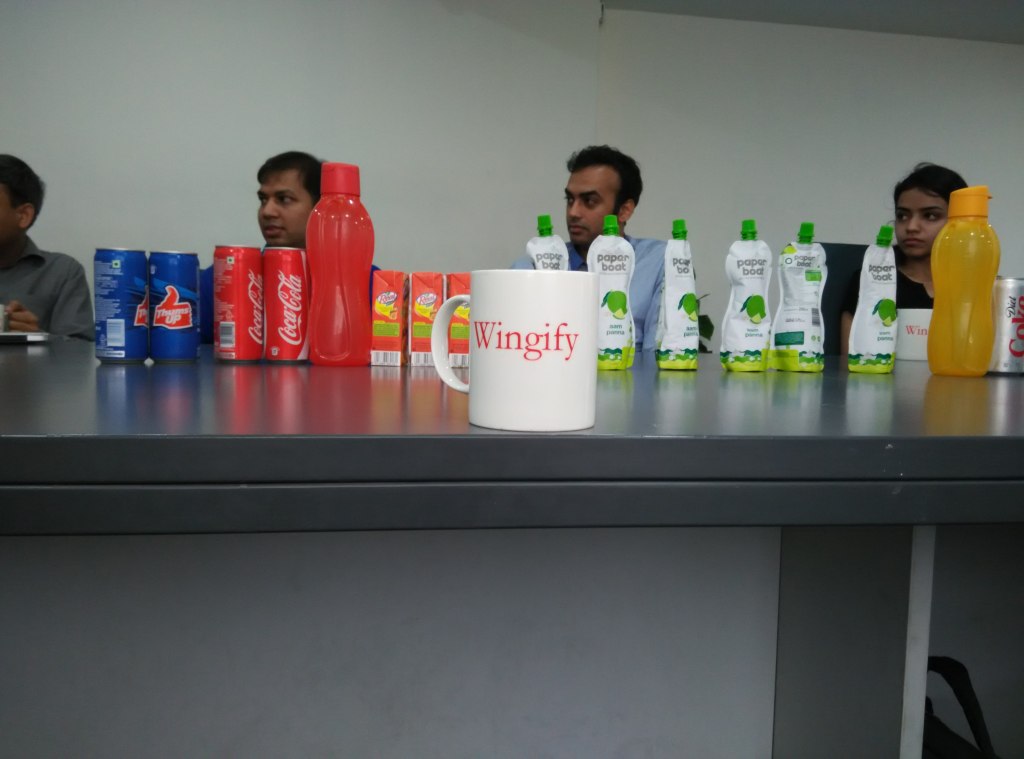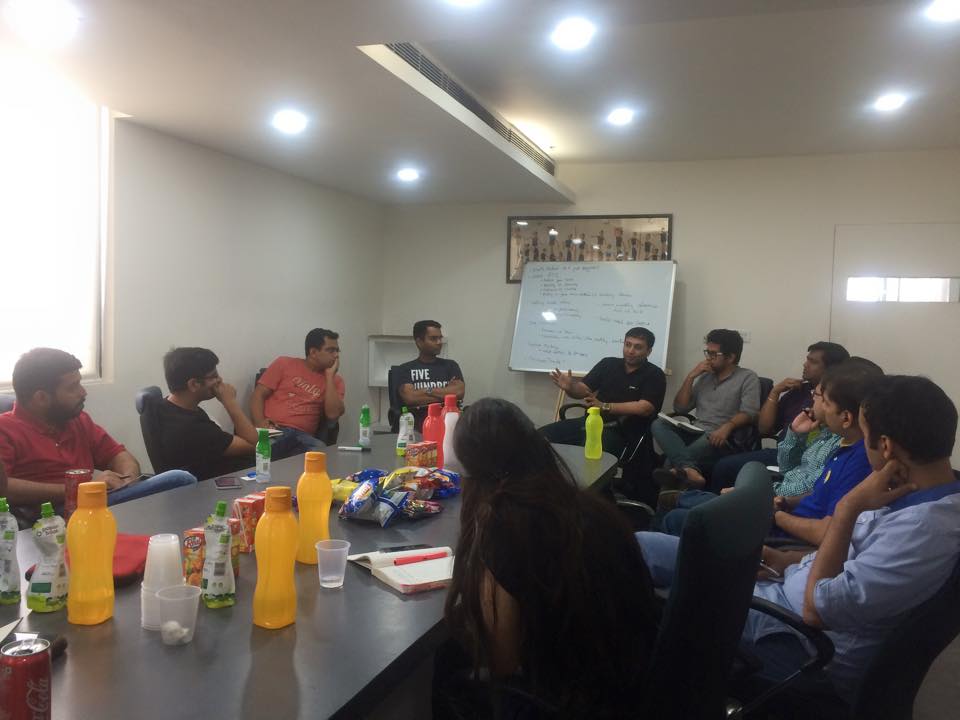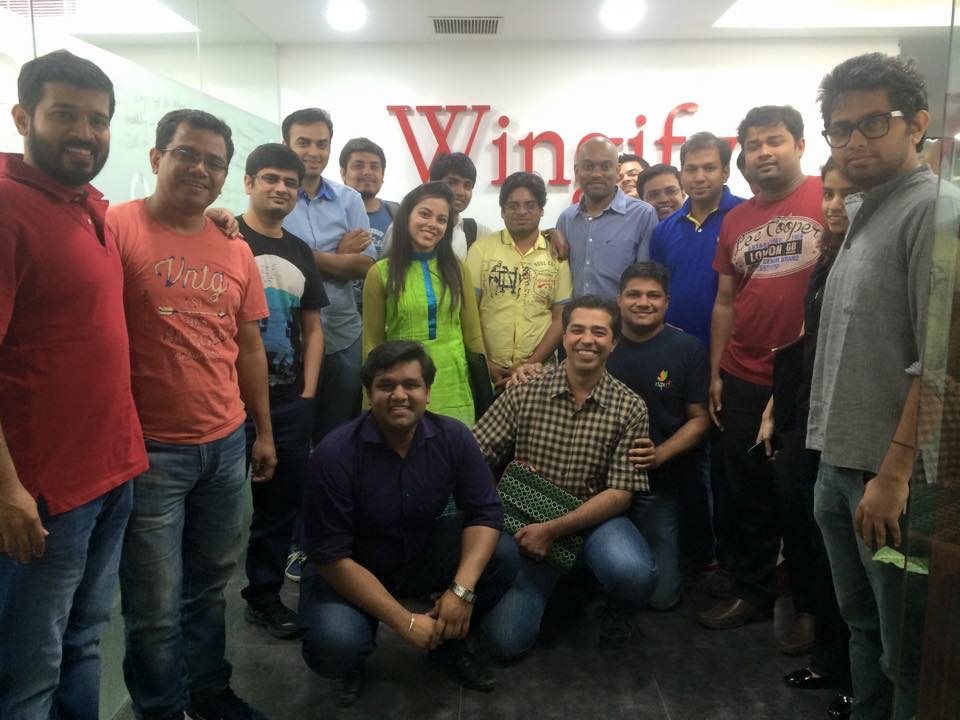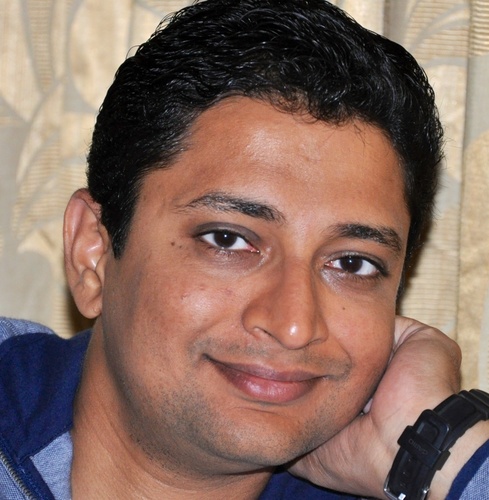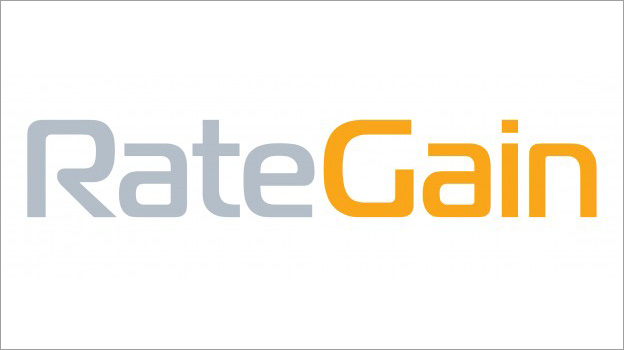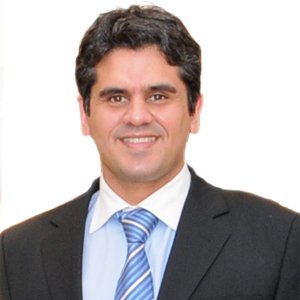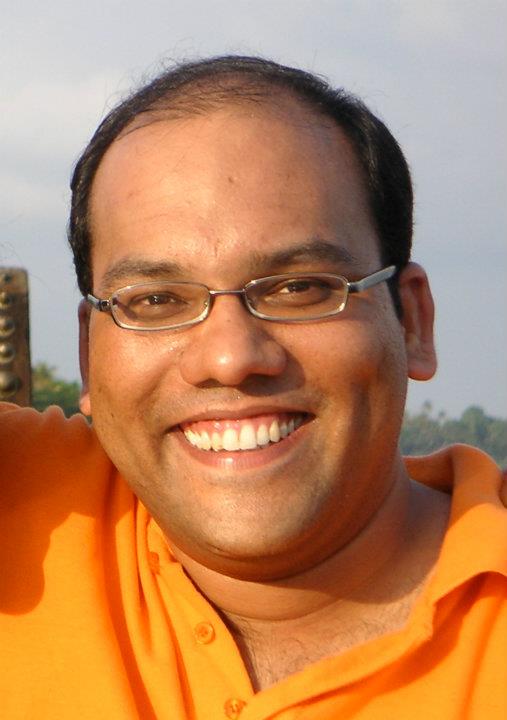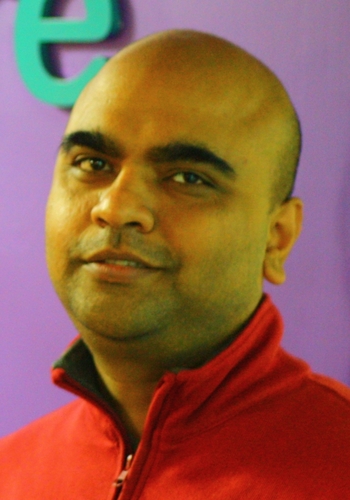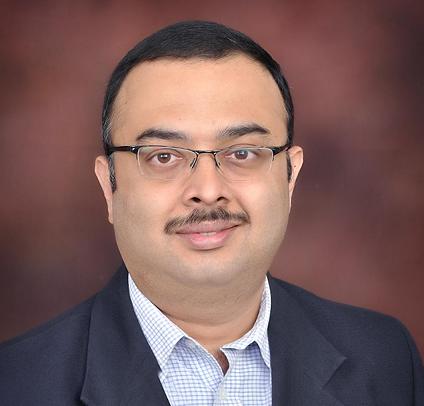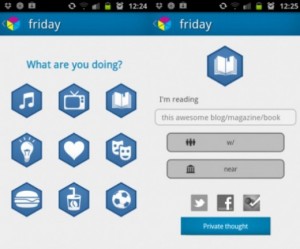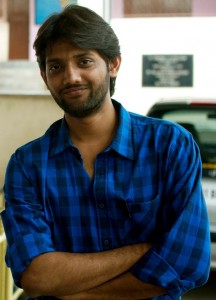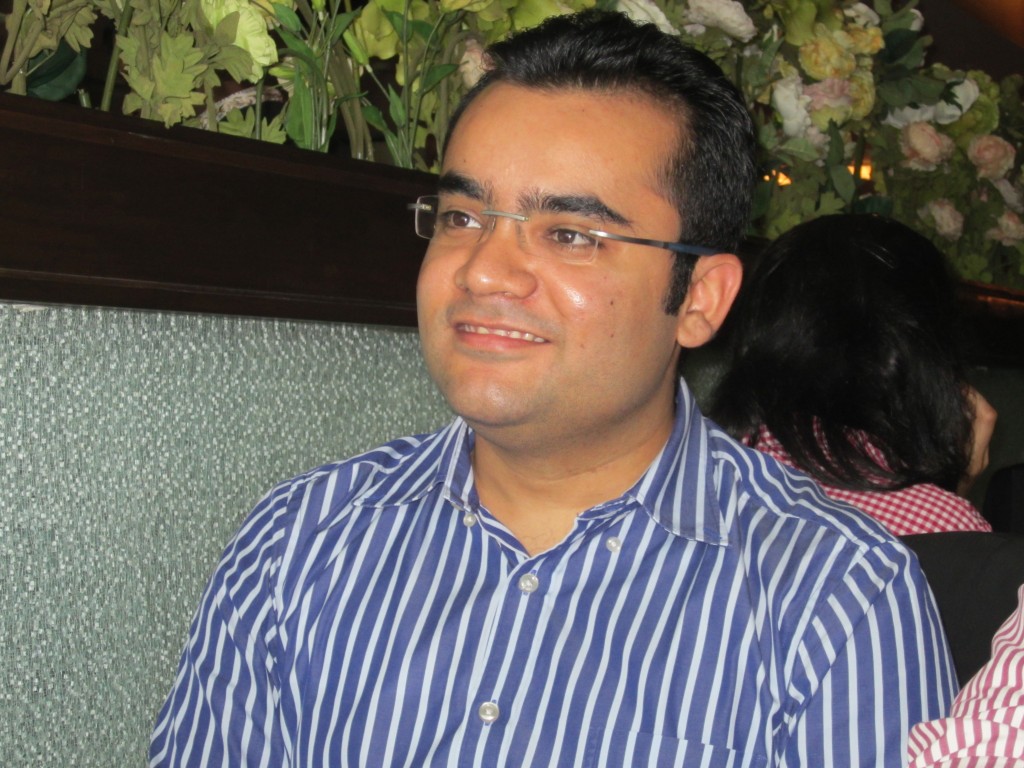It has been one of the wettest April for Delhi in years. 5th April 2015 was no different. An overnight downpour had created a surreal Saturday setting for “Content marketing your way to multi-million dollars in revenue” at the 46th iSPIRT Playbook Roundtable. It was the 7th Roundtable in Delhi. The venue – the playful Wingify office at Pitampura in New Delhi.

Participants came from far and wide – Gurgaon, Delhi, Noida, Greater Noida, Mumbai, Bangalore – braving the rain, the puddle and the traffic.
The stage was set at the Wingify cafeteria. Interestingly, all the participating product companies were actually seated in a roundtable. A few table tennis bats uncharacteristically placed in the corner indicated that a TT table had made way for the roundtable.
Love all. Play !!!
Paras Chopra – CEO Wingify – opened the roundtable sharing that Wingify was now working with 4000 companies across the World helping marketing guys do technical experiments without writing code. He shared the iSPIRT vision of making India the place for software products.
After calling for a quick round of introductions, Paras initiated the roundtable sesion with the question, “What is content?”
Siddharth, Paras’ teammate and the marketer at Wingify also teamed in to lead the session.
What is content?
Even if you do not read the rest of the post, the following lines should be good enough.
Before inviting the forum to give their definition of “Content”, Paras set the tone for the roundtable.
He said, “Founders should do content”.
“I love writing. I have been writing since 14.”
“A founder is well placed to articulate insights. And it matters.”
Paras emphasised that content should not be one-off. Content – he says – should have rhythm. A collection of outdoor hoardings create better impact than just one isolated bilboard. He mentions the work of intercom.io to illustrate his example, before opening up the discussion to the forum.
The forum was quick to put out a list – emails, landing pages, shareable content (viral), blogs, smart forms, CTA’s, e-books (gated and non-gated) and videos – at which the discussion came to an interim halt, thanks to Vidooly.
Vidooly – part of the TLABS batch – helps YouTube channel owners grow their organic reach and traffic using analytics. Subrat (CEO – Vidooly) mentioned about an impending VC round, but denied YouTube wanted to acquire them. He was quick to point out that DailyMotion was around.
On using videos for content, Paras pointed out the trade-off between a high quality video and the effort. Sub-par videos could compromise the brand.
On the other hand, the forum communicated its excitement about videos rattling out names like goanimate and powtoon that allow for creating quality videos, quickly. Ankit (MyPoolin) shared that they have attracted quality audience with videos, especially in the B2C context. Vijay (ZapStitch) seemed to agree. Subrat was agile to point out corresponding vidooly features e.g. meta optimization features that will help grow organic audience.
Is your business using Videos for content marketing?
Content ROI
Siddharth led this leg of the roundtable on Content ROI.
As the key marketer at Wingify, ROI is his daily job and he did not lose time to mention mixpanel to measure metrics, simultaneously dishing out the following:
- TOFU
- MOFU
- BOFU
Though lunch was an hour way, there was now some food for thought.
Siddharth was describing the marketing funnel. Wingify was using marketing automation tools like Infer, HubSpot and Fliptop to measure how prospects move from TOFU ( top of funnel) to BOFU (bottom of funnel). It helps gauge how business is doing with respect to marketing and business goals. Siddharth built confidence by indicating that users appreciate the funnel and demonstrate desired behaviours.
Did you figure out MOFU?
Sudhakar (RippleHire), who was patiently listening to all this gyaan (knowledge) invoked his consultant avatar and pressed with a terse question, “What to post?”
The question resonated.
What to post? – A quick look at Buyer Personas
Paras and Siddharth teamed up to take this question.
Paras said, “The problem with us entrepreneurs is that we think that all are like us. When it comes to our audience, implicit segmentation is mostly not accurate. At Wingify, we have been scientifically studying our users and customers for the last six months – Who are they? What do they do daily? It all comes down to buyer personas. Your content has to resonate with them.”
“At Wingify, we have created posters (at times whimsical) to communicate to our team about Buyer Personas”.
Siddharth closed this question emphasizing how they did persona surveys, got on support calls, identified problems users were facing, studied linkedin profiles and established KPI’s to scientifically determine what content to post.
Outsource Vs Inhouse
Needless to mention, all were ears on this discussion point. Would this be black and white? Or would it be gray? Siddharth made it clear that each team member at Wingify had to write. Period. It was even integral to their recruitment process. (More on that later)
Ashish from Posist was very forthcoming about their outsourcing attempts. He even admitted that even though outsourced content was good, ironically it wasn’t exciting. It required Vaibhav’s (RankWatch) quote of “1$ per word” comment for a well-known content writer to bring back the fun in the discussion.
Have you experimented with outsourcing content?
Siddharth stressed on the importance of quality compared to quantity. He went on to share that at Wingify, they make a lot of effort to produce one quality post everyday. It is always quality that is priority.
Getting content noticed
If you thought doing content was hard, let us talk about distributing and promoting it. It is hard too.
Guest Posting
We began with guest posting and co-marketing. Siddharth began counting his fingers.
- Email influencers rather than commenting on their blog.
- Short and longer posts are both OK, but some publishers discourage longer posts.
- Important to communicate to publisher how your post is relevant to their audience.
- Always stick to guidelines for guest posts.
- It is effective to send a TOC first to publishers, instead of a final draft.
- Seek out high DA sites with relevant keywords.
- When sending in the final post to the publisher, always include 5 to 6 links within the post to increase odds of drawing traffic.
Being opinionated
Paras strongly recommended putting out opinionated pieces of content. Siddharth testified that for Wingify, opinionated blogs drew comments in numbers compared to simple blogs that would not get any. At this juncture, the forum could not help but discuss the Freshdesk Vs Zendesk episode.
The discussion was quick to move to click baiting. Surprisingly, most of us present in the room, admitted falling for it.
Have you?
Siddharth added that Wingify has consciously played trends to attract traffic. It had also done fun stuff like the A/B testing for the Savita Bhabhi website. (please search for the link on your own)
Organization Structure
This track saw everyone pick up their writing pads. While Paras spoke, a few founders were looking only at Siddharth. It seemed they had found the persona for their new content team member – Mumbaikar Dilliwala who gestures to emphasize his point; slighly overbuilt with a Che Guevara moustache.
Paras began by sharing how in the early days of Wingify he used to look at each content piece with a hawk eye. Over a period of time, Wingify has divided its marketing team into two – product marketing and demand generation. And it is looking good. Wingify has also hired a business analyst for content strategy where they are doing really detailed analysis like “what is the worth of a tweet?”. Wingify also has a marketing engineer as part of the marketing team.
How does Wingify hire?
Siddharth sounded sanguine about journalists with 1 – 2 years of experience saying that by that time the editors have chiseled them to write well within constraints. Siddharth adds, “Communicating clearly is fundamental to our hiring process. As part of the recruitment process, candidates are asked to write on a real topic”. Most candidates disappear at this stage.
Growth Hacks
Time was up. It was already quarter past 4 PM. Everyone was given a minute each to share their growth hacks.
- Vaibhav (Rankwatch) did facebooks ads comparing themselves to competition targeted only to the fans of the competition. They also sent tweets to conference speakers with some topic suggestions and inputs.
- Ashish (Posist) shared how they gave the impression of a local company to Bangalore restaurant owners by using native language on the visiting cards of their sales team.
- Shashwat (iflylabs) used the plugin directory list to gain traction.
- Saurabh (Airwoot) tagged brands in its tweets telling them how poorly they were doing and with respect to competition.
- Kanika (SquadRun) shared how text emails helped them hit inbox rather than the promotions tab.
- Vijay (ZapStitch) made a list of top 100 saas companies on its website and promoted it.
- Anand (Exclusife) ran a missed call for free recharges campaign.
- Sudarsan (Ripplehire) sent cold emails to the intended contact’s colleague to get a response.
- Vikram (RateGain) shared how they use ebooks around tent-pole travel events to generate interest.
With that it was a wrap.
The customary iSPIRT roundtable photo followed at the Wingify reception.
Thank you Wingify for your initiative and enthusiasm.
I would also like to highlight the participation from Avinash Agrawal (Eko Financials), Mohit Bhakuni (Contify), Mrigank Tripathi (Qustn) and couple of more participants. I apologize I did not record your inputs in the proper context. Could I request you to add your comments to this post?


